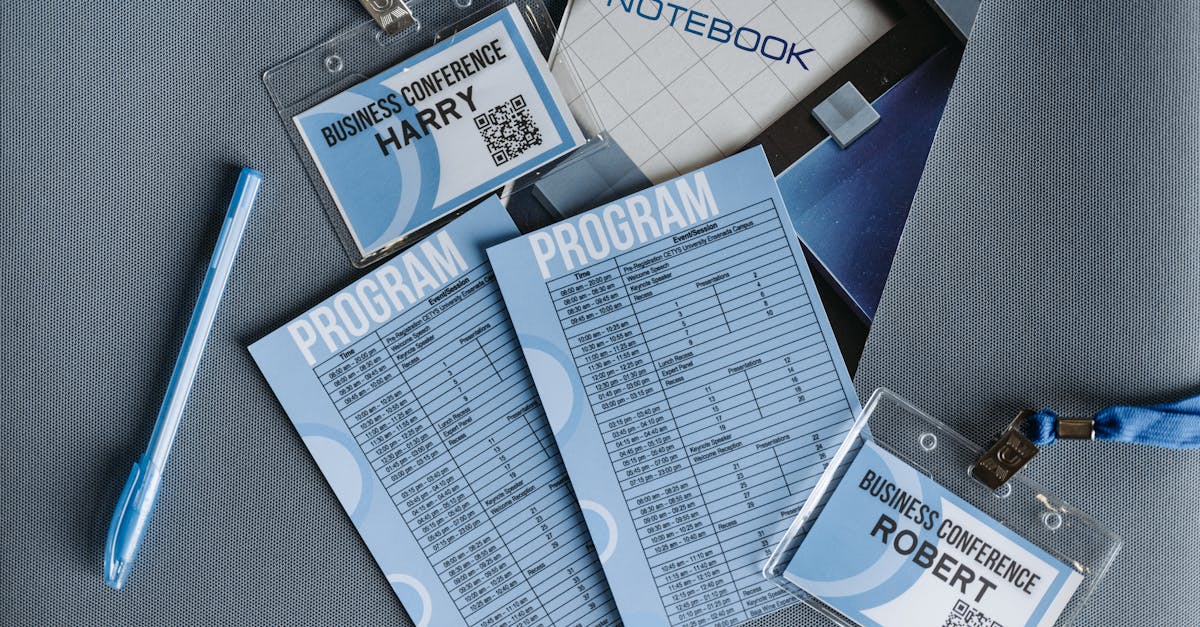
Introduction
If your small firm still loses hours to manual intake, chases missing billing details, or discovers conflicts after work has started, you’re seeing the three problems that sink responsiveness and revenue: undetected conflicts, incomplete client data, and slow engagement setup. Those gaps don’t just frustrate staff — they expose firms to billing delays, client churn, and ethical risk.
In this article: learn how no‑code client intake forms and document automation can stop those leaks. We’ll show how editable legal templates can be merged with conditional intake fields to run reliable conflict checks, auto‑generate ready‑to‑sign engagement letters, and sync retainer and rate data into timekeeping so you capture the first invoice and ongoing billable time without duplicate entry — all while preserving access controls and audit trails. Use the practical recipes and template checklist that follow to get a working intake‑to‑billing workflow up and running quickly.
Common intake pain points for small law firms: conflicts, missing client data, and slow engagement setup
What are legal templates? Legal templates are reusable legal forms and contract templates—like engagement letters or NDAs—that teams use to standardize intake and engagement. They can be Word or PDF files, or online forms that feed systems directly.
Typical pain points
-
Undetected conflicts: Missing opposing party names or related-party disclosures lead to late conflict hits and potential malpractice exposure.
-
Incomplete client data: Missing billing details, contact info, or matter scope delays onboarding and accurate invoicing.
-
Slow engagement setup: Manual drafting of engagement letters and obtaining signatures slows time-to-bill and client activation.
Small firms often try to bridge these gaps with ad-hoc spreadsheets or scattered legal document templates, but that creates versioning issues and inconsistent practice standards. Using standardized legal templates—available in formats like legal templates word and legal templates pdf—reduces errors and speeds processing.
Key fields and conditional logic to capture conflict checks, retainer terms, and billing preferences
Design intake forms to collect the minimum required data for a reliable conflict and engagement check. Use conditional logic so staff only see relevant fields.
Essential fields
-
Conflict check: Client full name, aliases, related entities, opposing parties, prior matters, and preferred search scope (names, addresses).
-
Engagement basics: Matter description, jurisdiction, proposed scope, estimated fees, and whether the matter is urgent.
-
Retainer and billing: Retainer amount, trust vs operating account, billing frequency, hourly rates (per timekeeper), flat fees, and billing contact.
Conditional logic examples
-
If “corporate client” is selected, show fields for entity ABN/ACN and authorized signer.
-
If a retainer is required, reveal fields for payment method and trust account instructions.
-
If a conflict flag is raised, route intake to a supervising attorney and hide automated engagement drafting until cleared.
These fields let you automate conflict searches and pre-fill engagement and invoice templates—reducing manual entry and risk. This approach works for legal templates for businesses and specialty needs like employment contract template capture during HR matters.
Automated engagement letter generation: templates, merge fields, and e‑signature workflows
Use contract templates and legal document templates as the basis for automated engagement letters. The system should merge intake fields into a template and produce a ready-to-sign document.
What to include in the template
-
Merge fields: Client name, matter description, rate table, retainer amount, trust instructions, and signature blocks.
-
Conditional clauses: Scope of work variations, jurisdiction clauses, and fee structures that appear only when relevant.
Signature workflow
-
Auto-generate the engagement letter from the selected contract template (or service agreement) and send for e-signature.
-
Record signer identity, timestamp, and store the signed file in the client record for auditability.
Use templates like a standard service agreement or an appointment letter as starting points. Ensure the system supports legal templates free trials and accepts Word and PDF templates for easy import (legal templates word / legal templates pdf).
Billable time and invoicing integration: auto‑populate client records and issue the first invoice
Link intake and engagement outputs to timekeeping and billing systems so you can auto-populate client records and generate the initial invoice without manual copy/paste.
Integration touchpoints
-
Client sync: Create the client file in your practice management or accounting system as soon as the engagement letter is signed.
-
Rate and retainer sync: Push agreed hourly rates, fee arrangements, and retainer amounts into timekeeping and invoicing modules.
-
First invoice trigger: On signature or receipt of retainer, auto-create and send the first invoice using a template (example invoice template: invoice).
Practical benefits
-
Faster billing cycles and fewer billing disputes because invoices reflect the signed engagement terms.
-
Reduced duplicate data entry and fewer missed billing events—important for startups and growing firms using legal document templates for startups.
Many teams also want online document signing and templates that integrate to their accounting package. Aim for a setup that supports legal templates for businesses and common delivery formats.
Security, access controls and audit trails for ethical compliance
Security and auditability are non-negotiable. Ensure your intake, templates, and billing systems meet professional conduct rules and privacy laws (including local requirements like legal templates australia where relevant).
Core controls
-
Role-based access control (RBAC): Restrict who can view or edit client data, conflict checks, and signed agreements.
-
Encryption and secure storage: Encrypt data at rest and in transit. Store signed legal forms and contract templates in an immutable location.
-
Audit trails: Log who created, modified, or viewed intake submissions, generated engagement letters, and sent invoices. Keep retention policies aligned with ethical rules.
Compliance tips
-
Keep conflict-check histories and waiver approvals attached to the client file for defensibility.
-
Use verifiable e-signing that captures signer identity and IP/time metadata for evidentiary value.
-
Segment access for sensitive matters—privileged matters should be flagged and accessible only to authorized attorneys.
Best templates and form recipes to get started (retainer, NDA, invoice, service agreement)
Start with a small library of proven legal templates and build recipes (form + workflow) to automate intake-to-billing. Use editable Word/PDF templates so you can iterate quickly.
High-impact templates
-
Retainer / Engagement Letter: Base template that merges client and matter fields; use this to trigger client creation and first invoice.
-
NDA / Confidentiality Agreement: Use a short NDA to protect early discussions—example: non-disclosure agreement.
-
Invoice: Standard invoice template for consistent bill presentation: invoice.
-
Service Agreement: For longer-term engagements or fixed-fee projects: service agreement.
-
Appointment / Employment contract template: Use an appointment letter as the basis for an employment contract template during HR-related matters.
Form recipe examples
-
Fast engagement recipe: Intake form → conflict check → auto-generate retainer letter → e-sign → create client record → issue first invoice.
-
Startup onboarding recipe: Intake (company info) → attach NDA → generate service agreement + schedule milestone invoices → sync to accounting.
For teams looking for low-cost options, explore repositories offering legal templates free or freemium resources, and keep editable copies in both legal templates word and legal templates pdf formats for maximum flexibility.
Summary
No-code client intake forms and document automation close the common leaks—undetected conflicts, incomplete client data, and slow engagement setup—by combining conditional intake fields, merge-ready legal templates, e‑signature flows, and billing integrations. For HR and legal teams, this translates into faster onboarding, fewer billing delays, clearer audit trails, and reduced compliance risk while preserving role-based access and secure storage. Start with a small library of tested templates and recipes to capture the first invoice, sync rates into timekeeping, and scale automation without heavy IT overhead. Ready to streamline intake-to-billing workflows? Explore practical builders and templates at https://formtify.app.
FAQs
What are legal templates?
Legal templates are reusable documents—like engagement letters, NDAs, or invoices—designed to standardize routine legal and business paperwork. They can be editable Word or PDF files or online forms that feed systems directly, saving time and reducing errors during intake and contract generation.
Are legal templates legally binding?
A template by itself is not binding; the enforceability depends on the completed document, the parties’ consent, and applicable law. A properly filled-in and signed template (including verifiable e-signatures where allowed) can create a binding agreement, but templates should be reviewed and tailored for material or jurisdiction-specific terms.
Where can I find free legal templates?
You can find free templates from reputable vendors, government websites, bar associations, and open repositories, as well as vendor freemium libraries that offer starter documents. Be careful to choose up-to-date, jurisdiction-appropriate versions and consider reviewing any free template for suitability before relying on it.
Can I customize legal templates for my business?
Yes—templates are intended to be customized to reflect your services, fee terms, and jurisdictional requirements. Maintain version control and have an attorney or experienced reviewer check material changes, especially for high-value or high-risk engagements.
Do legal templates replace a lawyer?
Templates are useful for standard, low-risk matters and to streamline operations, but they do not replace legal advice. Consult a lawyer for complex, novel, or high-stakes issues, or anytime you need tailored language or risk assessment.





